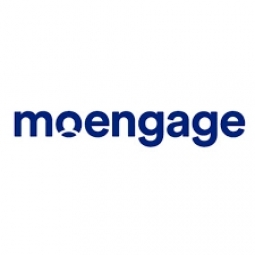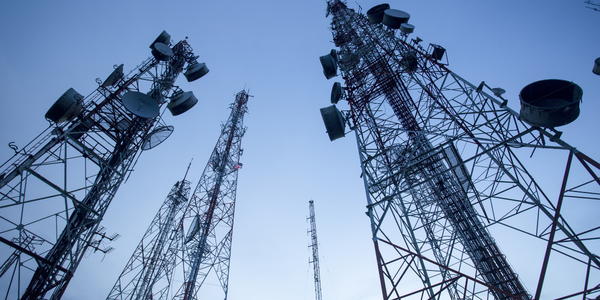Technology Category
- Cybersecurity & Privacy - Intrusion Detection
- Robots - Wheeled Robots
Applicable Industries
- Finance & Insurance
- Telecommunications
Applicable Functions
- Sales & Marketing
Use Cases
- Behavior & Emotion Tracking
- Usage-Based Insurance
About The Customer
Mashreq Neo is a digital banking app launched by Mashreq, one of UAE’s best performing banks for five decades. Mashreq has a strong presence in the financial capitals of the world with international offices in Europe, Asia, Africa, and the U.S. The Mashreq Neo mobile app offers a personalized full-service banking experience where customers can create instant bank accounts, initiate bill payments, quick remit (money transfer), opt-in for debit/credit cards & loans, and manage investment banking along with international trading. The mobile app also offers loyalty programs based on the customer’s app usage and purchases.
The Challenge
Mashreq Neo, a digital banking app launched by Mashreq, one of UAE’s best performing banks, faced a significant challenge in integrating their mobile app into the larger omnichannel customer experience. The app was initially perceived as just another touchpoint to engage with customers, leading to a siloed approach where customer data across channels and services was stored separately and not flowing into a centralized platform. This resulted in high drop-off rates at the onboarding stage and low adoption rates on key features such as debit card spends, quick remit for salary and international transfers, and the bank's loyalty program, Salaam Points. The goals were to increase customer onboarding by offering unified communication to ease app adoption, boost debit card adoption and spends by driving day-to-day app transactions, and improve loyalty program consumption by driving debit card and quick remit usage.
The Solution
To address these challenges, Mashreq Neo shifted their strategy to place their mobile app at the center of the customer journey. They employed MoEngage’s Customer Engagement Platform to analyze and understand customer behavior and cater to their unique needs. They built a contextual engagement strategy and used MoEngage to execute their omnichannel campaigns, focusing on personalized communication and the use of AI. They improved onboarding with omnichannel customer journey workflows, identifying peak drop-off points and engaging users in these high-risk buckets. They also used behavioral analytics to upsell and promote their rewards program, analyzing customer's current app behavior to predict a customer’s propensity towards new offerings and services. Lastly, they enhanced engagement with dynamic messaging, optimizing messaging using performance data of past messages to target the customer at the right time, with the right service offering, right message, and via the right channel.
Operational Impact
Quantitative Benefit

Case Study missing?
Start adding your own!
Register with your work email and create a new case study profile for your business.
Related Case Studies.

Case Study
Real-time In-vehicle Monitoring
The telematic solution provides this vital premium-adjusting information. The solution also helps detect and deter vehicle or trailer theft – as soon as a theft occurs, monitoring personnel can alert the appropriate authorities, providing an exact location.“With more and more insurance companies and major fleet operators interested in monitoring driver behaviour on the grounds of road safety, efficient logistics and costs, the market for this type of device and associated e-business services is growing rapidly within Italy and the rest of Europe,” says Franco.“The insurance companies are especially interested in the pay-per-use and pay-as-you-drive applications while other organisations employ the technology for road user charging.”“One million vehicles in Italy currently carry such devices and forecasts indicate that the European market will increase tenfold by 2014.However, for our technology to work effectively, we needed a highly reliable wireless data network to carry the information between the vehicles and monitoring stations.”

Case Study
Vodafone Hosted On AWS
Vodafone found that traffic for the applications peak during the four-month period when the international cricket season is at its height in Australia. During the 2011/2012 cricket season, 700,000 consumers downloaded the Cricket Live Australia application. Vodafone needed to be able to meet customer demand, but didn’t want to invest in additional resources that would be underutilized during cricket’s off-season.

Case Study
SKT, Construction of Smart Office Environment
SK T-Tower is the headquarters of SK Telecom. Inside the building, different types of mobile devices, such as laptops, smartphones and tablets, are in use, and with the increase in WLAN traffic and the use of quality multimedia data, the volume of wireless data sees an explosive growth. Users want limitless Internet access in various places in addition to designated areas.










